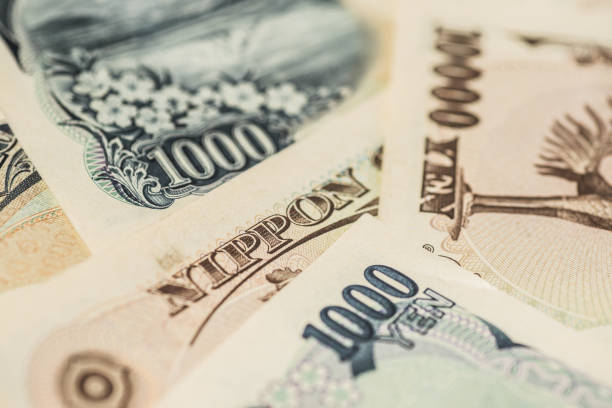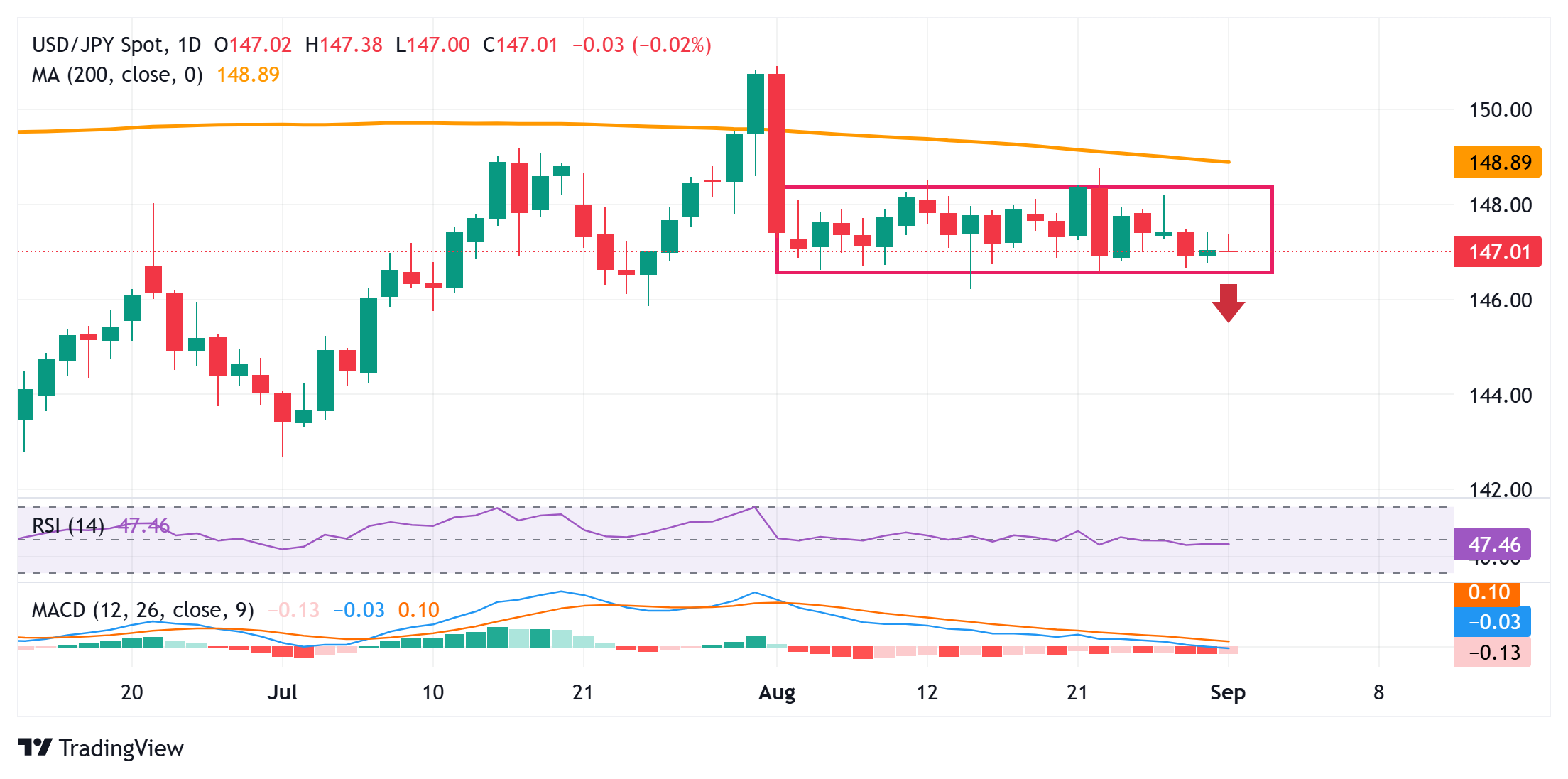Japanese Yen reverses intraday downtick against USD; seems poised to appreciate further
- Markets in 2026: Will gold, Bitcoin, and the U.S. dollar make history again? — These are how leading institutions think
- Trump says Venezuela's Maduro deposed, captured after US strikes
- Bitcoin Price Surges To $90,000. U.S. Arrests Venezuela's President, Triggers Bull Frenzy
- After Upheaval in the World’s Largest Oil Reserve Holder, Who Will Emerge as the Biggest Winner in Venezuela’s Oil Market?
- U.S. to freeze and take control of Venezuela's Bitcoin holdings after Maduro capture
- Ethereum Price Forecast: Accumulation addresses post record inflows in December despite high selling pressure

The Japanese Yen attracts some intraday sellers on Monday, though it lacks follow-through.
The BoJ rate hike expectations and the global flight to safety limit deeper losses for the JPY.
The divergent BoJ-Fed policy outlook further contributes to capping gains for the USD/JPY.
The Japanese Yen (JPY) struggles to capitalize on its modest Asian session uptick and remains below mid-147.00s at the start of a new week. Geopolitical risks stemming from Russia's sweeping attack on Ukraine and escalating Israel-Hamas conflict could offer some support to the safe-haven JPY. Adding to this, the growing acceptance that the Bank of Japan (BoJ) will hike interest rates soon further contribute to limiting deeper JPY losses.
Meanwhile, hawkish BoJ expectations mark a significant divergence in comparison to rising bets that the Federal Reserve (Fed) will lower borrowing costs twice by the end of 2025. This might hold back the US Dollar (USD) bulls from placing aggressive bets and keep a lid on the USD/JPY pair. Traders might also refrain from placing aggressive directional bets and opt to wait for this week's US macro releases scheduled at the start of a new month, warranting caution for the JPY bears.
Japanese Yen bulls seem non-committed despite a supportive fundamental backdrop
The S&P Global Japan Manufacturing Purchasing Managers’ Index (PMI) was finalized at 49.7 for August, signaling a slower and only marginal deterioration in business conditions across the sector.
Separately, Japan's Ministry of Finance reported this Monday that companies increased capital spending on plant and equipment by 7.6% in the April-June quarter from the same period a year earlier.
US President Donald Trump, in an interview with The Daily Caller, expressed doubt over a one-on-one meeting between Russian President Vladimir Putin and Ukrainian President Volodymyr Zelenskyy.
Russia launched a large-scale attack, involving over 500 drones and 45 missiles, on Ukraine over the weekend, with Zelenskyy vowing to retaliate by ordering more strikes deep inside Russia.
Israeli forces pounded the suburbs of Gaza City overnight from the air and ground. Israeli Defence Minister Israel Katz said that the spokesperson of Hamas’ armed wing, Abu Ubaida, was killed.
This keeps geopolitical risks in play and acts as a tailwind for the safe-haven Japanese Yen, which is further underpinned by expectations that the Bank of Japan will hike interest rates soon.
In contrast, traders are now pricing in a greater chance that the US Federal Reserve will lower borrowing costs by 25 basis points in September and deliver two rate cuts by the year-end.
The divergent BoJ-Fed policy expectations might continue to benefit the lower-yielding JPY and cap the USD/JPY pair amid the underlying bearish sentiment surrounding the US Dollar.
The US markets will be closed on Monday in observance of Labor Day. Traders might also refrain from placing aggressive directional bets ahead of this week's important US macro releases.
USD/JPY bears await a break below trading range support around 146.70

From a technical perspective, the USD/JPY pair remains confined in a four-week-old trading band. The lower end of the range is pegged around the 146.70 area, which should continue to act as an immediate strong support. A convincing break and acceptance below the said support could drag spot prices to the August string low, around the 146.20 area, en route to the 146.00 mark. Some follow-through selling will be seen as a fresh trigger for bearish traders and pave the way for deeper losses.
On the flip side, momentum beyond the 147.45-147.50 immediate hurdle could attract fresh sellers and remain capped ahead of the 148.00 round figure. The latter represents the top end of the aforementioned trading range, which, if cleared decisively, could prompt a short-covering rally towards the recent swing high, around the 148.75-148.80 region. The said area nears the 200-day Simple Moving Average (SMA), and a sustained strength beyond might shift the near-term bias in favor of the USD/JPY bulls.
Read more
* The content presented above, whether from a third party or not, is considered as general advice only. This article should not be construed as containing investment advice, investment recommendations, an offer of or solicitation for any transactions in financial instruments.

